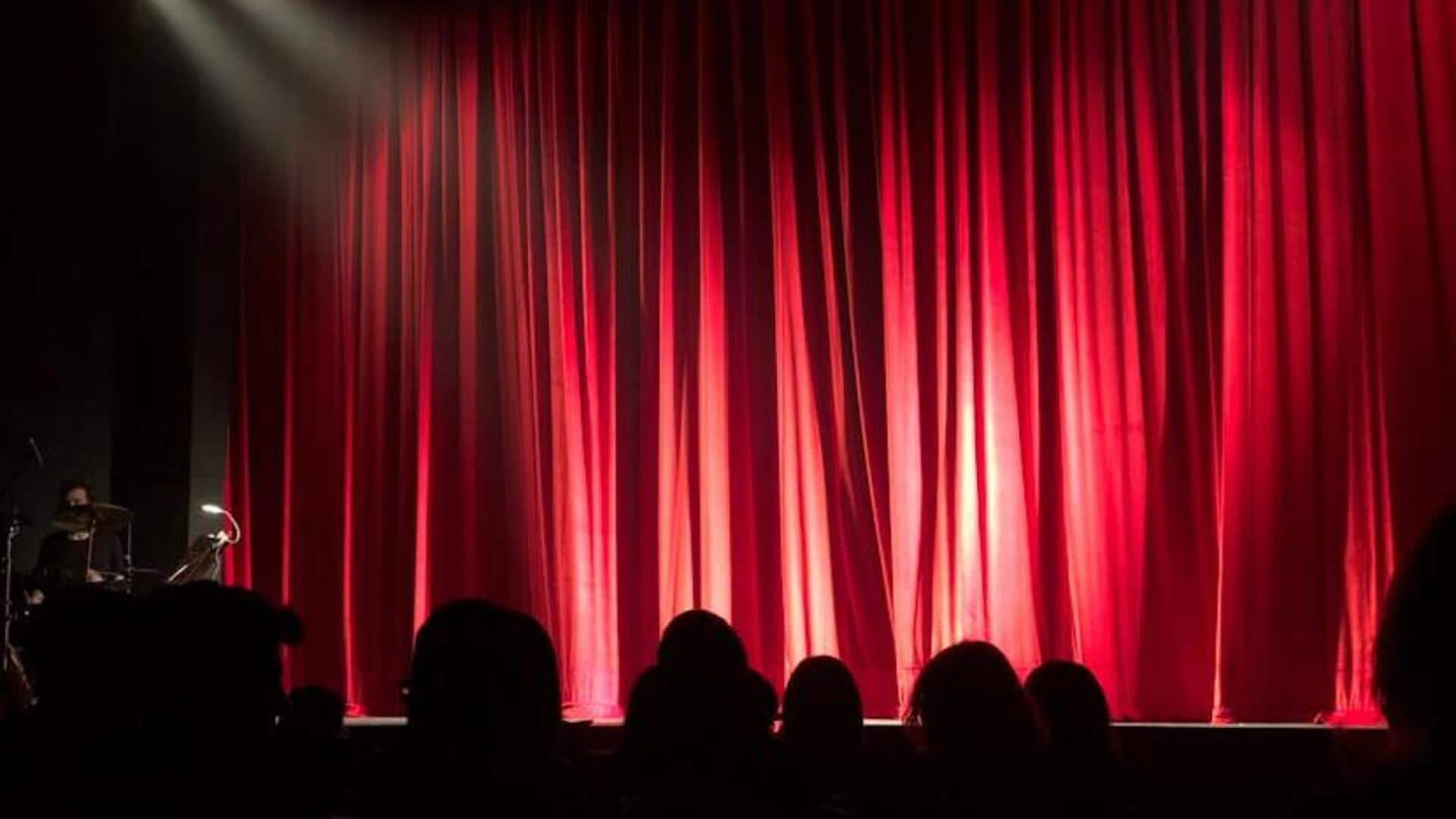
Etiquette for watching live theater performances
What's the story
Going to the theater is a special experience that blends culture, art, and social connection. Unlike watching a movie or streaming a play on your laptop, live theater comes with a set of unwritten rules that audience members are expected to follow to make sure everyone has a great time. So, what are these rules? Read this article for a lowdown on theater etiquette.
Punctuality
Arrive on time
Punctuality is key when attending a live theater performance. Latecomers can cause disruptions, distract other patrons and performers, and potentially miss important parts of the show. Most theaters advise patrons to arrive at least 30 minutes prior to showtime. This allows ample time to locate your seat, peruse the program, and comfortably anticipate the upcoming performance.
Silence is golden
Turn off electronic devices
Before the show starts, make sure your cell phone and any electronic gadgets are switched off. Ringing phones or text alerts can break the concentration of both the performers and your fellow audience members. Some theaters may allow phones to be set to silent for emergencies only, preserving the flow of the show without disruptions.
Respect the silence
Keep quiet during the performance
Talking during a live performance is considered rude. If you must communicate, do so quietly and during applause breaks. Laughter at appropriate moments is encouraged. However, avoid disruptive noises like loud comments or reactions that can distract performers and other audience members. By keeping chatter to a minimum, everyone can enjoy the performance without interruptions.
Show your appreciation
Applaud appropriately
Clapping is a way to show your appreciation for the effort and talent of the performers. You should clap at the end of scenes or musical numbers, and give a standing ovation if you were touched by the performance. However, refrain from whistling or shouting as these are generally not considered appropriate in a theater setting.
Final respect
Stay until the curtain call ends
Exiting before or during the curtain call is considered rude and dismissive of the performers' efforts. This concluding segment of the performance, during which actors emerge to take their bows, serves as an opportunity for audiences to express appreciation through sustained applause. Remaining seated until the conclusion demonstrates respect not only for the performers but also for fellow audience members.